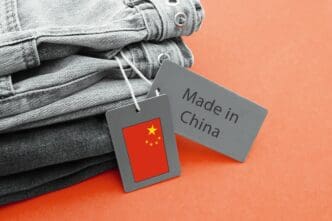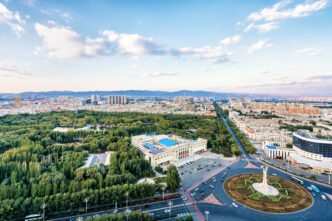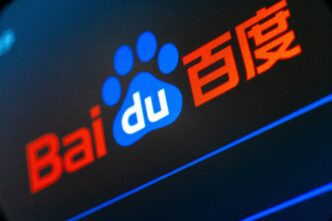Executive Summary
The Story So Far
Why This Matters
Who Thinks What?
China’s “Made in China 2025” strategy is profoundly influencing global economic perceptions, with an analysis suggesting it has bolstered Beijing’s self-reliance and diminished the international appeal of free-market economics. This assessment emerges as President Xi Jinping prepares for a potential summit with President Donald Trump on the sidelines of the Asia-Pacific Economic Cooperation summit in South Korea. The article characterizes Trump as both an aggrieved rival and a grudging admirer of China’s economic approach.
China’s Economic Transformation
Through a robust industrial policy, China has rapidly transitioned from a low-cost manufacturing hub to a high-tech global center. This shift, largely attributed to the “Made in China 2025” strategy, has significantly reduced China’s reliance on foreign technology, bolstering its national security. Simultaneously, it has increased the global dependence on Chinese-made products.
The success of this model allowed China to withstand the pressures of the trade war, according to the analysis. The article posits that China’s development trajectory has prompted experts worldwide to re-examine fundamental assumptions about economic growth and innovation.
Xi’s Vision and Global Impact
President Xi Jinping’s confidence in China’s technological prowess was evident in his 2018 statement during the inauguration of a major scientific project in Sanya, Hainan province, where he urged scientists to push developmental boundaries. The article suggests this statement reflected the “wisdom” of the “Made in China 2025” strategy, which it describes as having produced a “technological renaissance.”
The reverberations of China’s model are felt globally, with Western industrial powers reportedly emulating aspects of Beijing’s approach despite simultaneously criticizing its “overcapacity” and alleged predatory trade practices. Furthermore, the analysis highlights China’s emergence as a developmental model for many nations across the Global South.
Shifting US Economic Ideology
Even the United States, under President Donald Trump, appears to be moving away from its traditional free-market ideology toward a form of state capitalism, the article argues. While much of the discourse around Trump has focused on his political style, the analysis emphasizes his “unabashed assault on the country’s commitment to free-market capitalism” as a unique aspect of his contemporary political stance.
As President Xi and President Trump anticipate their discussions, the article suggests a complex dynamic between the two leaders, marked by both contention and a degree of admiration for China’s economic achievements.
Redefining Global Economic Norms
China’s sustained economic transformation and its strategic industrial policies are compelling a re-evaluation of established economic doctrines worldwide. The success of the “Made in China 2025” initiative underscores a global shift in thinking, challenging traditional free-market assumptions and positioning China’s model as an influential force in shaping future international economic landscapes.








